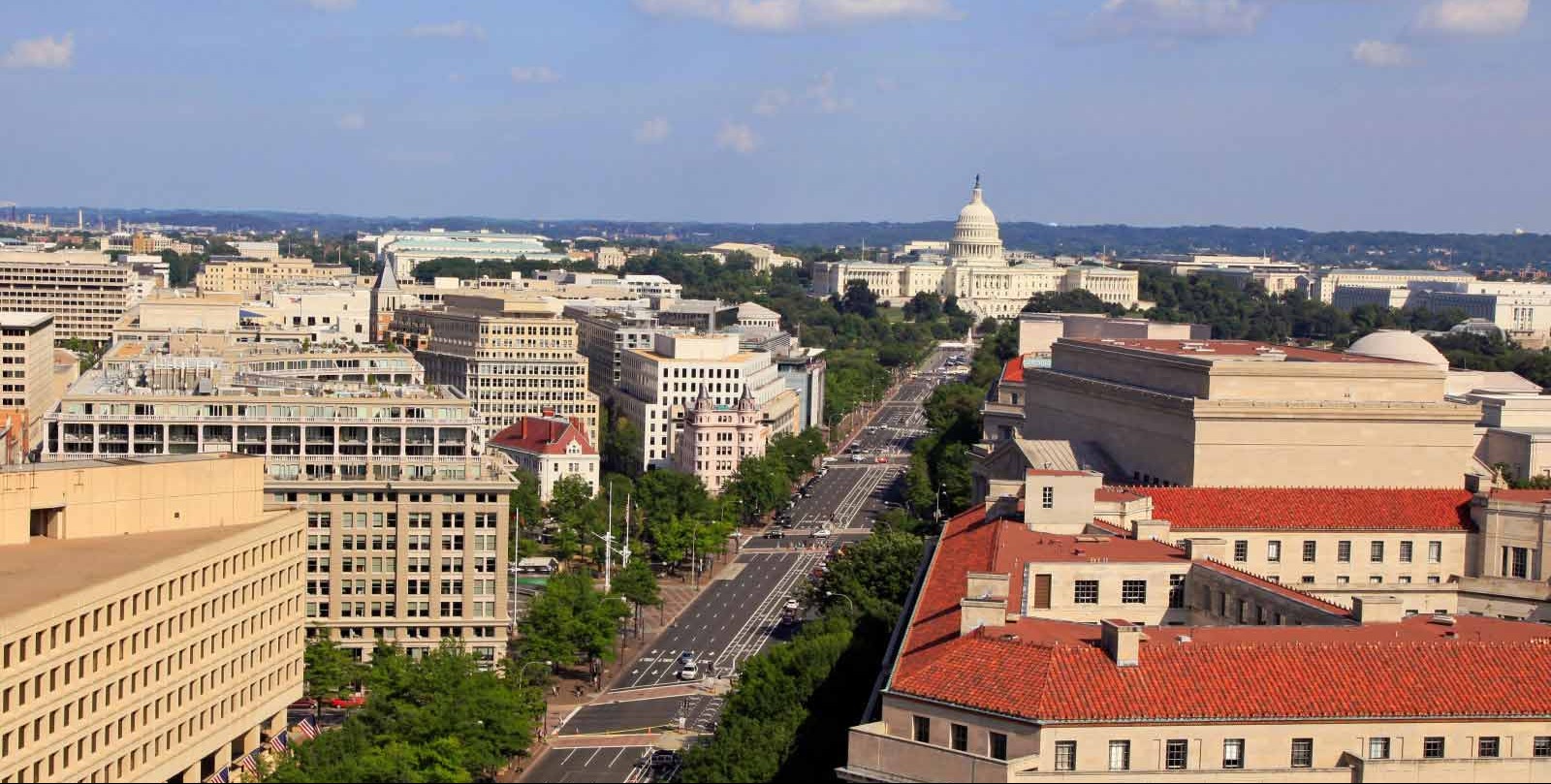What's Happening?
The U.S. government shutdown has reached its 34th day, making it the second-longest in history. The impasse continues as lawmakers fail to agree on funding federal agencies. The shutdown could become the longest in U.S. history if
it extends beyond November 5. A major point of contention is the extension of subsidies for the Affordable Care Act (ACA), with Democrats demanding their continuation to prevent premium hikes. President Trump and GOP lawmakers insist on reopening the government before addressing healthcare negotiations. The shutdown has resulted in over 750,000 federal workers being furloughed, with essential personnel working without pay.
Why It's Important?
The prolonged shutdown has significant implications for federal employees, government operations, and the broader economy. The lack of agreement on ACA subsidies highlights deep political divisions, affecting millions of Americans reliant on these subsidies for affordable healthcare. The shutdown disrupts government services and delays economic data releases, complicating policy decisions. The financial strain on furloughed workers and the potential for increased healthcare costs could have lasting economic and social impacts. The situation underscores the challenges of bipartisan cooperation in addressing critical policy issues.
What's Next?
As the shutdown approaches a record length, pressure mounts on lawmakers to reach a resolution. The potential for a breakthrough hinges on negotiations over ACA subsidies and broader budgetary agreements. If the shutdown continues, it could lead to increased public dissatisfaction and political fallout for both parties. The administration's efforts to find legal avenues to fund SNAP benefits indicate attempts to mitigate some shutdown impacts. However, the resolution of the shutdown remains uncertain, with significant implications for future budget negotiations and healthcare policy.













